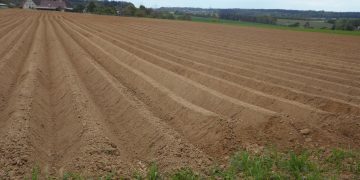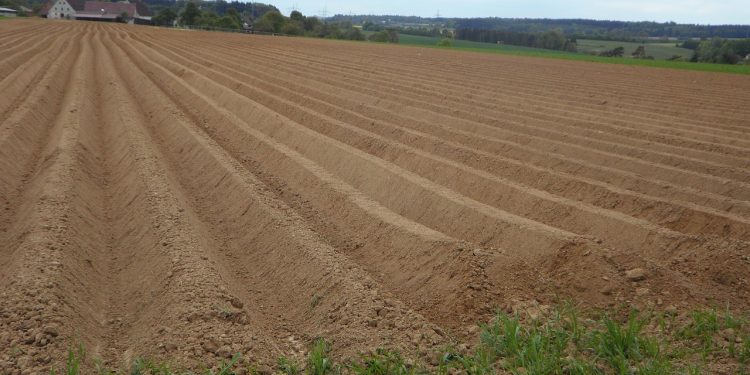#Agriculture #Farming #LandManagement #SoilConservation
Borozdy Pod Lineyku is a revolutionary technique in agriculture that has been gaining popularity in recent years. This technique involves creating furrows or ridges in the soil, which helps to conserve water and prevent soil erosion. The technique has been used in various parts of the world, including Europe, Asia, and Africa, and has proven to be highly effective in improving crop yields and soil health.
The process of creating borozdy involves using a special plow that creates furrows or ridges in the soil. These furrows help to retain water and prevent soil erosion, which is especially important in areas with low rainfall or steep slopes. The technique also helps to improve soil aeration and drainage, which can lead to healthier plants and higher crop yields.
One of the main benefits of borozdy is its ability to conserve water. By creating furrows in the soil, water is able to penetrate deeper into the ground, where it can be accessed by plant roots. This helps to reduce the amount of water needed for irrigation, which is especially important in areas with limited water resources.
Another benefit of borozdy is its ability to prevent soil erosion. By creating ridges in the soil, the technique helps to slow down the flow of water, which reduces the amount of soil that is carried away by erosion. This is especially important in areas with steep slopes or heavy rainfall, where soil erosion can be a major problem.
The development of borozdy has had a significant impact on agriculture and land management. The technique has helped to improve soil health and crop yields, while also reducing the amount of water needed for irrigation and preventing soil erosion. As a result, it has become an important tool for farmers and land managers around the world.
Вorozdy pod lineyku is a revolutionary technique in agriculture that has proven to be highly effective in improving soil health, conserving water, and preventing soil erosion. Its development has had a significant impact on agriculture and land management, and it is likely to continue to be an important tool for farmers and land managers in the future.































